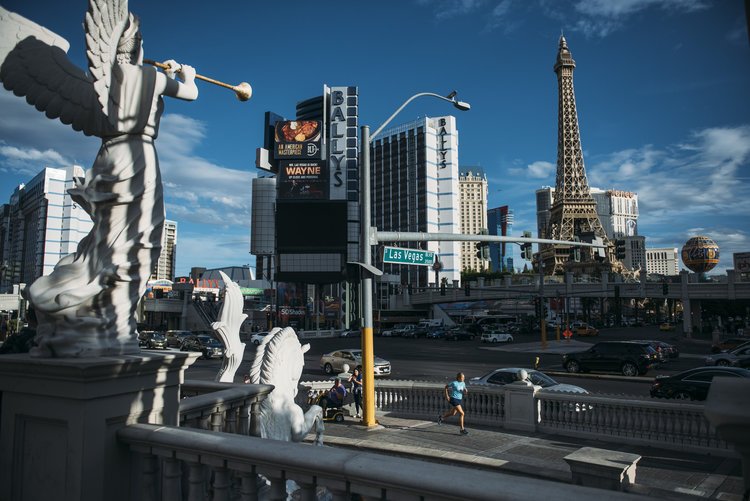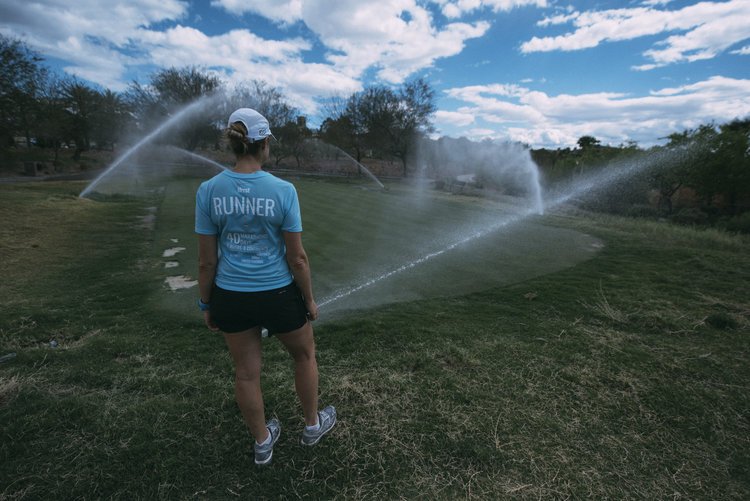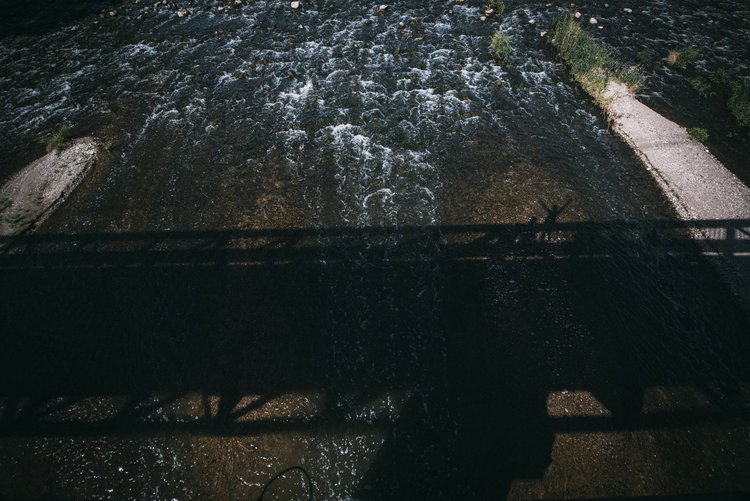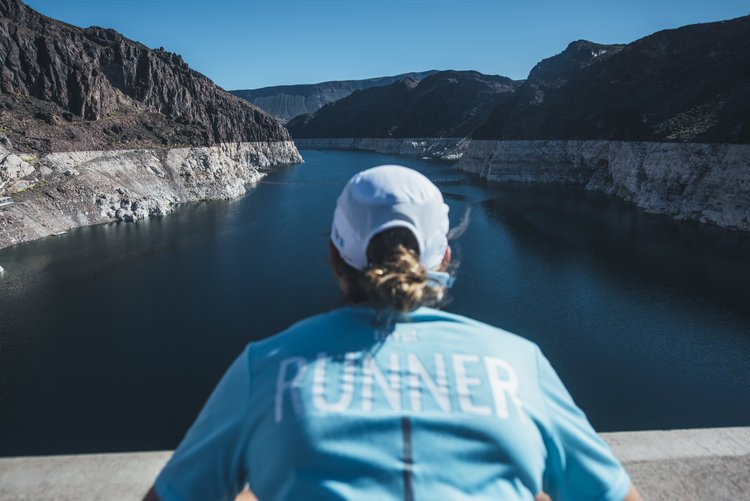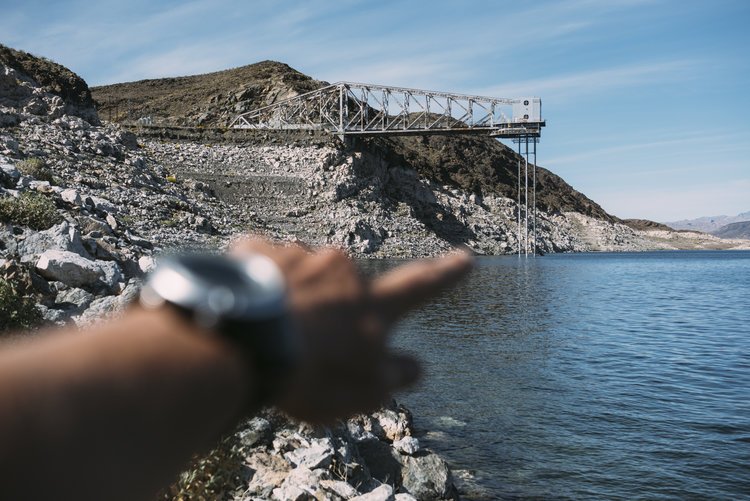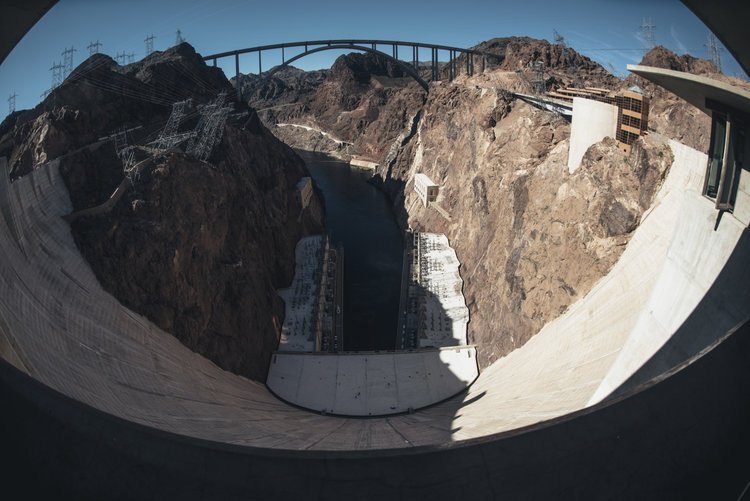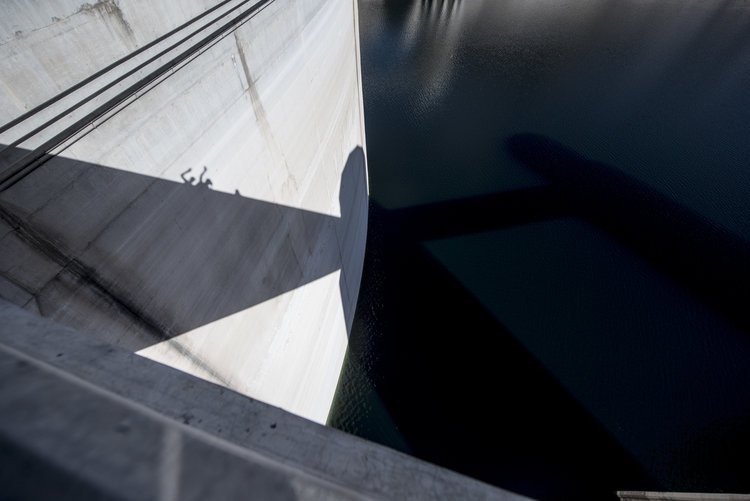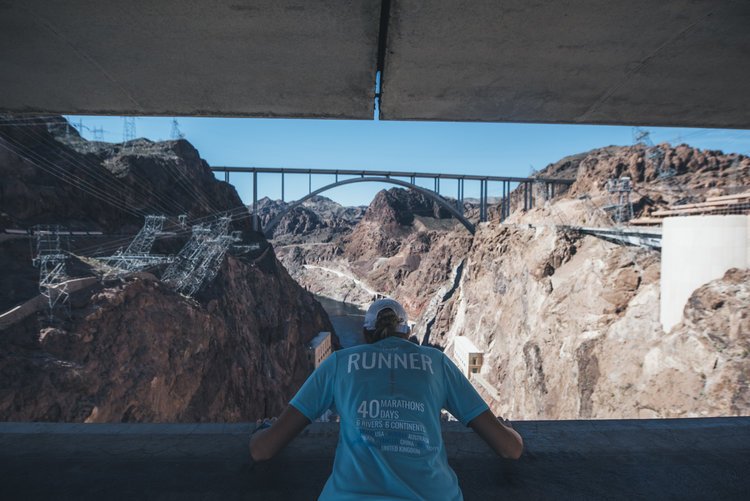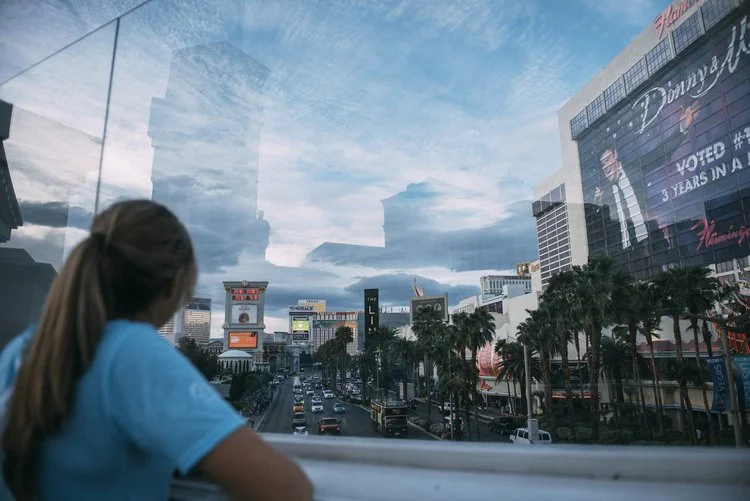LAS VEGAS, RUNNING ON INNOVATION
What seems like the city of excess is perhaps the most water wise city in the world.
Image: Kelvin Trautman
Running out of Las Vegas, Nevada on World Water Day at the beginning of my 1,049 mile epic quest for water, I marvel at how innovation affects the relationship between the vulnerability and resilience of a city’s water management.
With Las Vegas, Nevada, behind me, I’m thinking about how that city gets its water from The Colorado River system, currently in the midst of a brutal drought. One of the worst on record.
By now you’ll know that I’m doing something a little out the ordinary to focus the world’s attention on the UN’s Global Goal 6 - ensuring universal and equitable access to affordable, safe drinking water for all. I’m on a #Run4Water that will see me run 40 marathons in 40 days, across six continents, and along six rivers, for one reason — to focus the world’s attention on the global water crisis.
As my feet pound on the tar, now that I’m miles out of the city, I look at the desert scrub and remember the white bathtub rings of Lake Mead and that her water level has dropped 140 feet in recent years. Southern Nevada gets almost 90 percent of its water supply from the Colorado River, which pools behind the Hoover Dam to create the largest reservoir in the US, Lake Mead.
The terrible drought should make Las Vegas vulnerable to water scarcity, but the city’s smart, innovative approach to water has reinvented the region’s relationship with water.
In 2013 Nevada decided to focus and leverage the state’s expertise in water. The result is WaterStart, a joint venture between the public, private and academic sectors, that has seen the organisation attract some the smartest global thinkers.
As a result, whilst the world hurtles toward 2030 — a time when the demand for water will outstrip supply by 40% — Las Vegas is geared to become a leader in the fields of water research, innovation and commercialization.
There’s a great Forbes article about this, that explores some of the innovators who have emerged from this initiative. Pioneers like Echologics, which uses sonar-signal technology to detect leaks in water systems. And Ionex SG, which harnesses a breakthrough ion exchange technology to treat nitrate contamination in water.
The intelligence harnessed by Las Vegas’ business and local government not only invents smart solutions to the water crisis, and attracts economic growth, it has created a fertile hub for pioneering water companies and emerging technologies. As Forbes states, Las Vegas is now the Silicon Valley of water innovation.
But this is hardly surprising, given the city is a forward looking, water-conscious geography. Las Vegas Valley has reduced its water intake by 37 percent in just under a decade and a half. This while increasing its population by some 500,000.
The Southern Nevada Water Authority also reports that the community here hasn’t used its full allocation of water from the Colorado River, thanks to smart water usage, and businesses — like The Sands — that have laudable sustainability projects.
Another reason why the region is below its water allocation is because of a water management practice called return-flow credits. Local water agencies treat, and clean, all the indoor wastewater used in the Las Vegas Valley, and then return this precious resource back to Lake Mead, so that it can be used again.
#Run4Water is a journey of over two million steps for water, that is only days in. I know there are times when this crazy ultra-marathon is going to get gruelling. I am also going to meet people who are in a daily fight for survival because of water scarcity, corruption, mismanagement and contamination.
But heading out from a place like Las Vegas fills me with hope, because even in the worst of circumstances human beings can do remarkable things. Yes, the world is caught in the grip of a water crisis; it is real and it is terrible. But human innovation, and our will to do better, offer very real solutions to this crisis.
